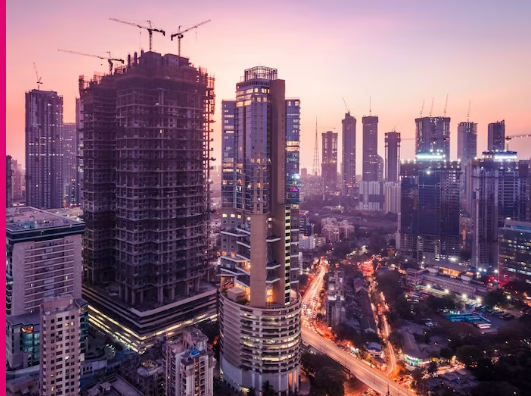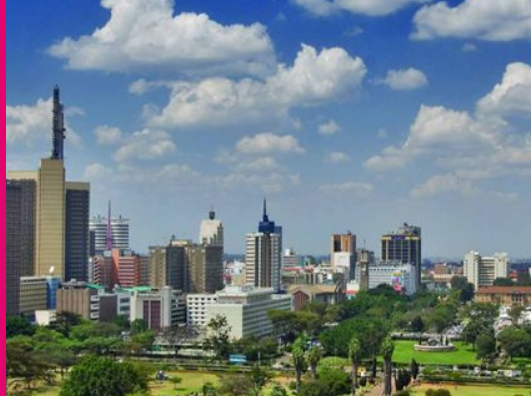The typical summer days in the life of a common citizen—earthen pots to quench your thirst with the taste of spring water, sitting under trees to cool the body like an air conditioner, hand-pulled fans offering a natural breeze, and power failures that made the terrace the coolest place on earth. Wasn't all this true in the early 1950s? A time when surviving through the summer was not as difficult as it is today.
Summers in India have always been intense, but the past few decades have brought a drastic change. In 2024, the nation faced unprecedented heatwaves, with temperatures soaring well above 50°C in some regions. Heatwaves gripped India for a record 54 days from March to May, leaving communities across the country vulnerable. Here are a few factors contributing to the rising intensity of heatwaves:
- Climate Change – Rising global temperatures caused by greenhouse gas emissions have intensified the frequency and duration of heatwaves.
- Urbanization – The heat island effect, resulting from concrete structures and minimal greenery in urban areas, significantly raises temperatures.
- Deforestation – The removal of trees reduces shade and disturbs local climatic conditions, increasing the likelihood of extreme heat.
- Atmospheric Pressure Systems – High-pressure systems trap warm air in specific areas for extended periods, preventing heat from dissipating.
- El Niño Effect – This climatic phenomenon disrupts normal weather patterns, resulting in prolonged dry spells and excessive heat.
With the increasing heatwaves, serious health risks that can affect the evolving human body and are expected to worsen in the future. Some common heat-related risks include:
- Dehydration – Loss of essential fluids leading to fatigue, dizziness, and confusion.
- Heat Exhaustion – Symptoms include heavy sweating, weakness, nausea, and headaches.
- Heatstroke – A severe condition causing body temperatures to rise dangerously high, potentially life-threatening.
- Heat Rashes – Irritated skin caused by excessive sweating.
- Sunburn – Painful skin damage due to prolonged sun exposure.
- Respiratory Issues – Worsened breathing problems due to poor air quality in extreme heat.
- Heart Problems – Increased strain on the cardiovascular system, especially for individuals with pre-existing conditions.
- Headaches & Dizziness – Common symptoms caused by overheating and dehydration.
As these extreme conditions continue to rise, here are some simple ways to protect yourself from these health risks:
- Optimize Indoor Cooling: Spending time in an air-conditioned or cooler environment helps to significantly reduce the risk of heat-related illnesses. If home air conditioning is not available, use light-colored or place damp cloths on windowsills, create cross-breeze ventilation with fans.
- Adopt appropriate clothing: Our ancestors sure had a practical approach to clothing. Wearing lightweight, loose-fitting, light-colored clothing helps to reflect heat and sunlight. Emerging fabrics designed for radiative cooling can further enhance comfort during extreme heat.
- Plan your day wisely: Schedule outdoor chores, workouts, or errands during the cooler hours of the morning or evening to avoid peak heat and reduce your risk of heat exhaustion.
- Stay hydrated with Electrolytes: Incorporating electrolyte-rich beverages into your routine helps replenish salts lost through sweating. Adding electrolytes to your water not only prevents dehydration but also helps your body retain hydration for longer periods, ultimately preserving your energy levels throughout the day. Examples include coconut water, ORS, electrolyte-infused water, buttermilk, and fresh fruit juices like watermelon or orange juice with a pinch of salt.
- Embracing natural cooling methods: Revisiting the traditional methods like khus mats, earthen pots, and jute screens for natural cooling. Another method of giving the home a green and cool feeling is adding indoor plants like aloe vera, peace lilies, or snake plants can also help lower indoor temperatures while improving air quality.
By taking control of the environment, adjusting routines, and prioritizing hydration, surviving the hot days becomes not just manageable but even enjoyable. So, why let the scorching sun stop the summer fun? With these steps, summer can once again become a season to savor—one that refreshes, rejuvenates, and brings a sense of calm amidst the heat.

Dr. Rinkal Shah
Wellness Expert - PINC Insurance
Can't find your industry?
Connect with us to explore Insurance solutions

Insuring What Matters: A Deep Dive into Margin Clause in Property Insurance
Protecting your property is crucial, but navigating insurance policies can be complex and confusing.

The Future of Clinical Trials: India's Rise as a Global Hub
As the global landscape of clinical trials evolves, India is emerging as a leading hub for conducting research.

Why Risk Management is Key for Business Resilience?
As the global landscape of clinical trials evolves, India is emerging as a leading hub for conducting research.

Kenya's Insurance Industry : Growth Amidst Challenges
Presenting the first report of our series “Insurance Around the World”. We kick off our global exploration with Kenya.

The truth about diet trends
In the age of social media, diet trends come and go—one day it's keto, the next it's intermittent fasting. But how do you know if these diets are truly right for you?
